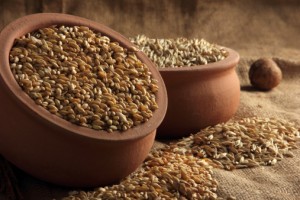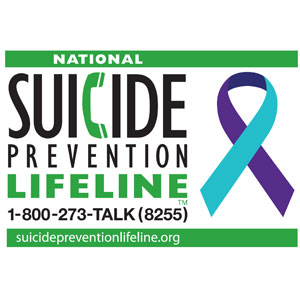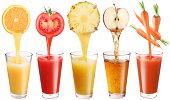 What do half of all Americans do, but very few admit to, partly because they are unaware that they are doing it? The answer is snore.
What do half of all Americans do, but very few admit to, partly because they are unaware that they are doing it? The answer is snore.
Snoring occurs when the flow of air is partially obstructed in some way while we sleep. As air flows past relaxed tissue in the throat, the resulting vibrating sound is snoring. Snoring can take place for a variety of reasons, including:
• The anatomy of your mouth – Having an elongated soft palate or uvula can narrow the opening from the nose to the throat
• Being overweight – Those who are overweight have extra, bulky throat tissue that may narrow the airways
• Obstructed nasal airways – Allergies, a nasal infection or a deviated septum can all contribute to snoring
• Alcohol consumption – Drinking alcohol before bed can relax muscles in the tongue and throat can obstruct the airways
• Sleep apnea – This is a serious condition when your throat tissues partially or completely block your airway, preventing your from breathing
Unless you have an upset spouse inform you that you are snoring, you may be unaware that you have a problem. Look out for the following symptoms if you suspect you are snoring:
• Excessive daytime sleepiness
• Difficulty concentrating
• Sore throat
• Restless sleep
• Chest pain at night
• High blood pressure
To determine the cause of your snoring, your doctor will review your signs and symptoms, review your medical history, and perform an examination. Your doctor may request an x-ray or other imaging tests to check the structure of your airway. To determine is sleep apnea is the reason for your snoring, a sleep study to monitor brain waves, breathing and heart rate, and blood oxygen levels may also be ordered.
Lifestyle changes including losing weight, avoiding consuming alcohol before bed and changing your sleep position by either raising your head or sleeping on your side can reduce the liklihood of snoring. Other aids, such as nasal strips, form fitting mouth pieces, and short term decongestants for allergies or infections can also be helpful.
If these efforts prove unsuccessful, there are a variety of surgical and non-surgical interventions that your doctor could recommend. One of the most common therapies is continuous positive airway pressure (CPAP), which involves wearing a pressurized mask that pumps air through your airways while you sleep.
All content of this newsletter is intended for general information purposes only and is not intended or implied to be a substitute for professional medical advice, diagnosis or treatment. Please consult a medical professional before adopting any of the suggestions on this page. You must never disregard professional medical advice or delay seeking medical treatment based upon any content of this newsletter. PROMPTLY CONSULT YOUR PHYSICIAN OR CALL 911 IF YOU BELIEVE YOU HAVE A MEDICAL EMERGENCY.











 urance plans will cover double electric breast pumps.
urance plans will cover double electric breast pumps.